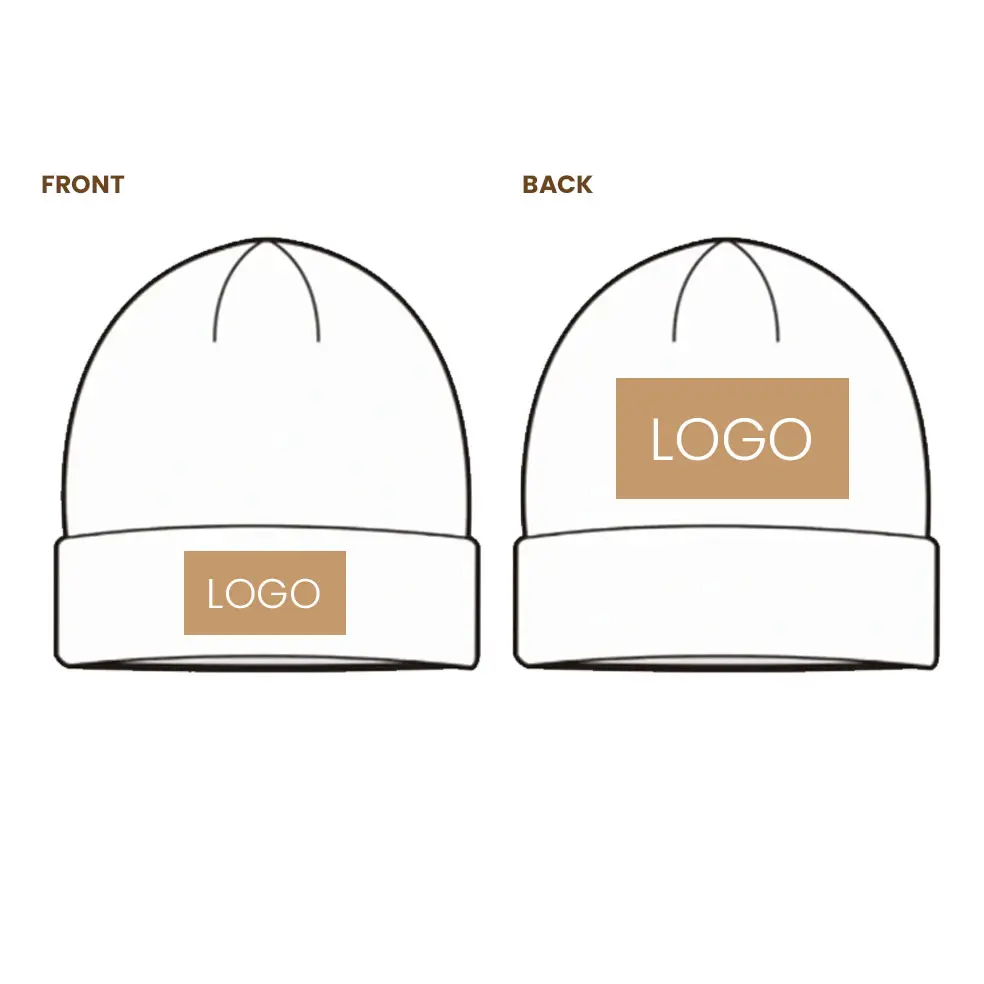When companies integrate IoT devices into their operations, they get real time monitoring of defects because these gadgets constantly gather and analyze production data. The smart sensors pick up on even small changes that fall outside quality standards, allowing workers to fix problems right away before bad products move further along the production line. Studies indicate that factories using IoT tech see much lower defect rates, which means better consistency across batches and less wasted materials. Looking at how manufacturers benefit from this tech shows why it's worth investing in quality control improvements. With IoT, plants can track products more accurately throughout manufacturing processes while running operations more efficiently overall. Companies that adopt these technologies tend to produce better quality goods and gain an edge over competitors who haven't made similar investments.
Understanding Quality Control in Clothing Manufacturing
Definition and Scope of Quality Control
Quality control in clothing production makes sure clothes actually match what customers expect when they buy them. The process happens at different stages throughout manufacturing including picking out good quality fabrics first thing, then checking for flaws through visual exams, running various fabric strength tests, and making sure all those stitches are done right with proper finishing touches. When companies put these quality checks in place, it really does help keep the overall look and feel of their products consistent across batches. Most garment makers follow international guidelines like ISO 9001 certification requirements to build solid quality systems. These standards aren't just paperwork though they actually make a difference in day to day operations helping factories spot problems early before defective items ever reach store shelves.
Why Quality Control Impacts Brand Reputation
When companies implement solid quality control systems, their brand reputation tends to grow because they keep delivering good stuff time after time. This consistency makes customers happy and keeps them coming back for more. On the flip side, when products fall short, people leave bad reviews online and start questioning whether they can trust the brand at all. Quality control isn't just about making sure things work right either. Many businesses are finding that proper QC actually helps them be greener too since it reduces waste and defects. Look at the numbers: firms that invest in quality control often see their repeat business go up significantly. It's no wonder why so many manufacturers are putting extra effort into getting their QC processes right these days.
Establishing Quality Standards for Garment Production
Defining Tolerances for Fabric and Stitching
Defining tolerances for fabric and stitching is essential in garment production. Establishing acceptable limits for variations in fabric weight, color, and stitching quality is critical to preventing defects. This ensures garments meet quality standards, fit well, and enhance consumer satisfaction.
Creating Tech Pack Guidelines
Developing tech pack guidelines is crucial for accurate garment production. A tech pack includes specifications, design sketches, materials, measurements, and quality standards, serving as a blueprint to streamline communication and production expectations. This ensures that finished products align with design and quality expectations.
Selecting Reliable Clothing Manufacturers
Criteria for Factory Audits and Certifications
Conducting factory audits ensures compliance with labor laws, safety regulations, and quality standards, vital for brand reliability. Certifications like WRAP and SA8000 substantiate ethical commitment to quality manufacturing. Audits highlight potential risks, safeguarding brand integrity.
Assessing Supplier Track Records
Looking at what a supplier has done in the past really matters when figuring out if they'll be reliable over time. Start checking their background seriously. Talk to people who have worked with them before, read through what others say about both good and bad experiences, and look at real world examples where they handled similar work. All this helps understand whether they actually deliver quality stuff on time most of the time. When we check how well suppliers perform historically, it cuts down major headaches later on. Think about those times when shipments get delayed, whole supply chains break down, or worst case scenario - getting poor quality goods that hurt our company image and make customers lose faith in us.
Monitoring Fabric Cutting and Sewing Stages
In-process Inspections
Checking fabrics while they're being cut and sewn makes all the difference when catching problems before they ruin the finished goods. When manufacturers spot flaws right where they happen, there's much less need to fix things later on down the line which saves both time and money. Having experienced quality checkers positioned at critical points throughout cutting and stitching operations means most issues get caught fast enough to stop them from becoming bigger headaches. This kind of hands-on monitoring keeps products meeting standards while making the whole manufacturing process run smoother too. And let's face it, nobody wants to spend extra bucks fixing something that should have been caught earlier. That's why smart factories invest in good inspection practices upfront rather than dealing with expensive recalls or customer complaints after the fact.
Random Sampling During Production
Random sampling protocols maintain quality standards without disrupting production. Detailed sampling plans establish statistical reliability, and regular sampling ensures proactive adjustments, reinforcing commitment to delivering consistent quality.

Leveraging Technology for QC Efficiency
IoT Tools for Real-Time Defect Tracking
Automated Inspection Systems
Automated systems minimize human error and enhance inspection accuracy, assessing dimensions, color consistency, and defects. Automation optimizes production time and efficiency, elevating manufacturing capabilities.
Post-Production Compliance Checks
AQL Testing for Finished Garments
AQL Testing defines permissible defects to comply with quality standards, offering a systematic approach to quantify QC metrics and avert potential costly issues. This preserves brand integrity and minimizes financial risks.
Labeling and Packaging Verification
Getting the labeling and packaging right matters a lot when it comes to meeting regulations and keeping customers happy. Good labels tell shoppers what they need to know about how to care for clothes, where they were made, and exactly what materials went into them. When people have all this info upfront, they can decide if something fits their needs and take better care of their purchases down the road. Brands that get this right also avoid headaches from angry customers who feel misled or confused about product details. For companies looking to stand out in today's market, consistent attention to proper labeling isn't just good practice it builds real trust with shoppers and shows that quality really does matter.
Continuous Improvement Strategies
Analyzing Customer Feedback Loops
Robust mechanisms for collecting customer feedback assess product reception and identify areas for improvement. Feedback loops foster trust and facilitate product refinement, aligning with market trends and consumer demands.
Updating QC Protocols Annually
Keeping QC protocols up to date with what's happening in the industry keeps quality control processes current, works better, and meets all those changing rules and standards we all have to follow these days. When companies keep tweaking their methods to include new tech stuff like AI inspection tools or automated testing systems, they're actually staying ahead of problems before they happen while keeping performance levels high. Running those yearly checkups really helps boost efficiency because someone goes through each part of the production line step by step looking for things that could be done better. The whole package doesn't just cut down on the headaches from bad quality products or getting fined for not following regulations, it actually makes products consistently better over time. Plus, this kind of proactive stance lets businesses adjust quickly when new standards pop up or customers start wanting different things, which is why clients keep coming back to them instead of going elsewhere.
FAQ Section
What is the role of quality control in clothing manufacturing?
Quality control ensures garments meet both specified standards and customer expectations through processes like material selection, inspections, and adherence to industry standards.
Why is brand reputation linked to quality control?
Quality control maintains brand reputation by ensuring consistent product quality, which enhances customer satisfaction and loyalty, preventing negative reviews that erode brand trust.
What are tech pack guidelines?
Tech pack guidelines are detailed documents outlining specifications, materials, and quality standards, serving as a blueprint for manufacturers to produce garments accurately.
How does technology improve quality control efficiency?
Technological integration, such as IoT tools and automated systems, enhances QC efficiency by offering real-time defect tracking and minimizing human errors in inspections, optimizing production capabilities.
Table of Contents
- Understanding Quality Control in Clothing Manufacturing
- Establishing Quality Standards for Garment Production
- Selecting Reliable Clothing Manufacturers
- Monitoring Fabric Cutting and Sewing Stages
- Leveraging Technology for QC Efficiency
- Post-Production Compliance Checks
- Continuous Improvement Strategies
- FAQ Section



